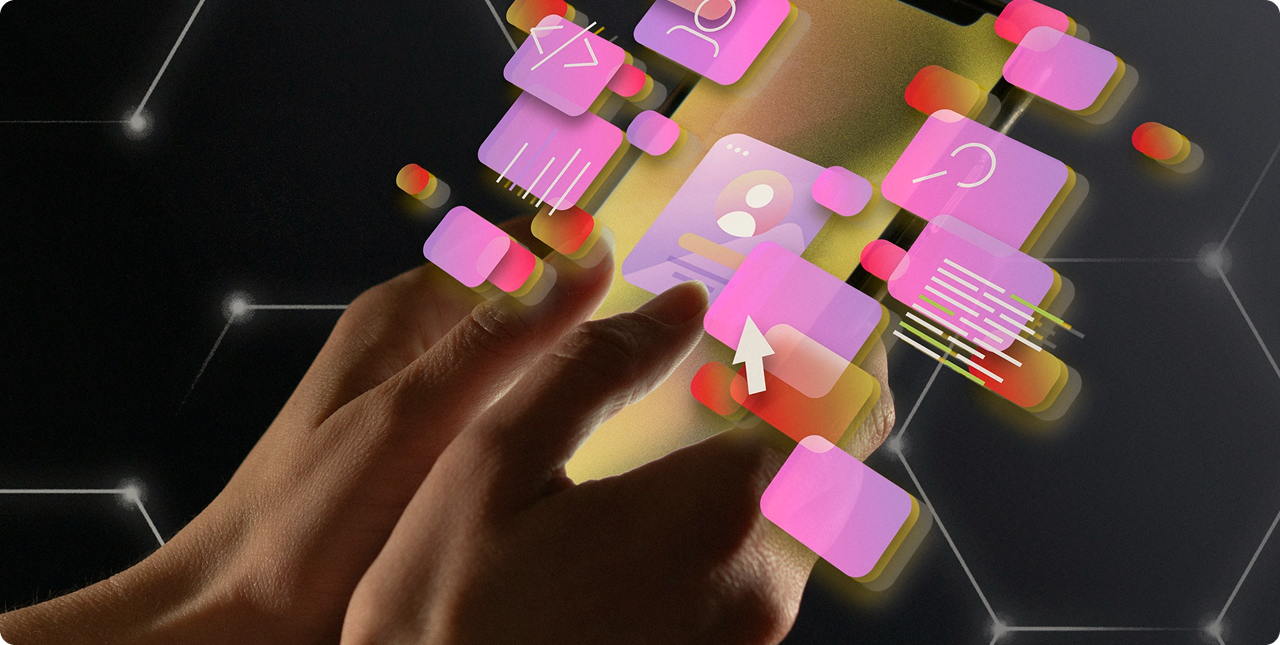
Picture this: a designer sketching a wireframe on paper and by the next hour, a polished prototype is live, complete with analytics and personalisation baked in. That’s the kind of UX magic AI tools are delivering today.
Dive into three cutting‑edge AI tools that designers and product teams can learn to master. These will boost your workflow, help you create deeply personalised experiences, and win over users with a smooth experience.
1. Uizard – From Scribbles to Screens in Minutes
Uizard is an AI-powered design tool that transforms sketches or even text prompts into polished wireframes and prototypes. It’s perfect for rapid ideation and early-stage design work. This is how it can enhance UX:
- Convert hand-drawn to digital: Snap a photo of a sketch or upload a screenshot, and Uizard will recreate it as editable mockups.
- Prompt‑driven prototyping: Describe your idea (“login screen with minimal UI”) and Autodesigner generates clean layouts in seconds.
- Speed in iteration: Quickly produce multiple variations for testing or team review, ideal for fast feedback loops.
Best for
Designers and small product teams who need rapid prototyping without wrestling with heavy tools or steep learning curves.
2. Figma’s New AI Suite – Design, Prototype, and Build Without Code
What’s new in Figma’s AI era? More than you know. At their Config 2025 conference (May 7, 2025), Figma introduced a suite of AI tools, including Figma Sites (AI website/web‑app builder), Figma Make (AI prototype‑to‑code), Figma Buzz (AI marketing content), and Figma Draw (enhanced vector illustration), powered by Claude 3.7. Here’s how these tools elevate User experience:
- Designer‑to‑Code Pipeline: Figma Make can turn prototypes into working code instantly, reducing friction between design and development.
- Auto-generated UI flows and visuals: Tools like First Draft (relaunched version of AI generator) create wireframes or mockups from simple prompts.
- All under one collaborative roof: You remain in Figma while AI accelerates repetitive tasks, keeping design systems intact.
Best for
Teams already invested in Figma, looking to scale design‑to‑development handoff, accelerate ideation, or build simple apps/websites without deep coding skills.


3. Coframe – Smart Continuous Optimisation for Websites
Coframe is not a design tool per se; it’s a generative AI platform that self-optimises websites over time, adapting copy, visuals, and even code to resonate with user behaviour. Powered by OpenAI models and focused on real‑world uplift. It creates memorable experiences by:
- Automated A/B and multivariate testing: The platform constantly experiments and refines design elements.
- Personalised UX at scale: Content, layouts, and CTAs evolve based on user segment performance, leading to click‑through improvements averaging +42 %, and in one test segment as high as +352 %.
- Brand‑consistent code generation: Underlying code stays on‑brand while varying UI subtly per audience.
Best for
Product teams or agencies managing live digital experiences where continuous testing and AI‑driven personalisation deliver measurable impact over time.
Why These Three Tools Together Power UX Mastery
- Ideation & prototyping: Uizard helps you sketch and iterate quickly.
- Design to deployment: Figma’s AI suite lets you build and hand off designs efficiently.
- Live optimisation: Coframe ensures your deployed experience evolves with your users.
They bring a true balance of human creativity + AI efficiency. Each tool excels at automating tedious or repetitive workflows, freeing designers to focus on empathy, strategy, and storytelling. AI augments, not replaces, your creative decisions.
Getting Started: Tips for Effectively Adopting AI Tools
- Pick one to master first; don’t scatter your focus.
- Start with a real UX challenge, e.g. turn around a usability test rapidly with Uizard, then refine in Figma, then publish test variants with Coframe.
- Validate AI outputs with users; AI suggestions should be verified via testing and feedback.
- Make design decisions first, AI decisions second. Trusted human judgment still guides what users ultimately see.
Wrapping Up
AI tools are reshaping how we design, prototype, and optimise digital experiences. They let designers move faster, and gather measurable impact, all while making sure human intent remains central. If you’re ready to elevate your UX game and bring colour, flow, and delight into every user interaction, mastering these tools is a smart next step.
And whenever you’re looking to translate AI‑powered design into polished, user‑centric websites or apps, the Dot&Beyond expert design team delivers that bridge. Connect today and let us help you build what your users didn’t know they needed.




ascxdas
dasasd